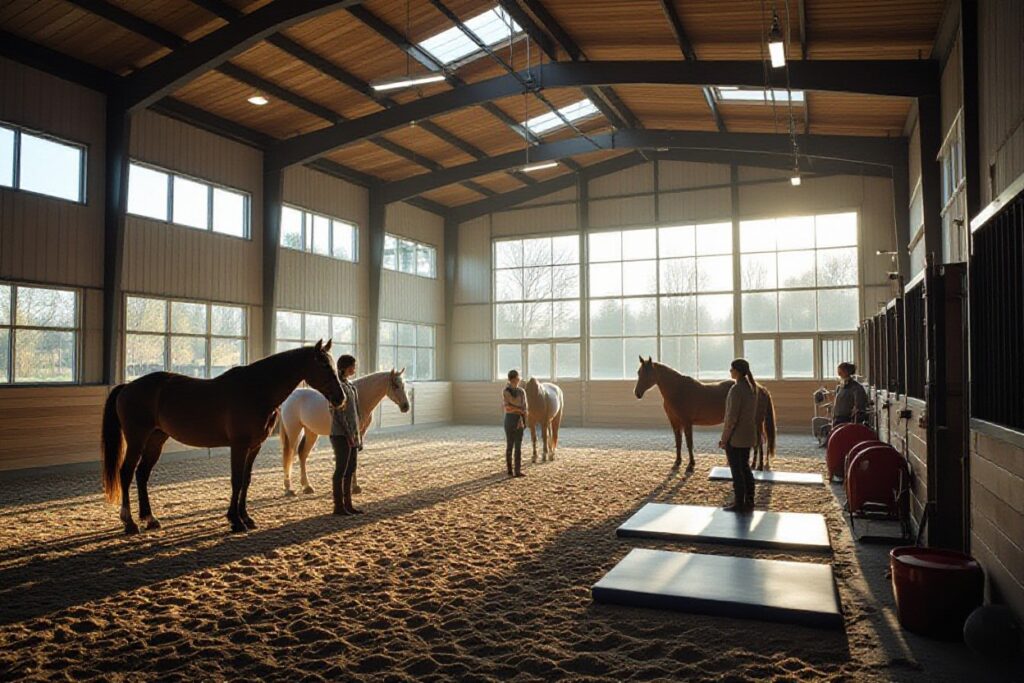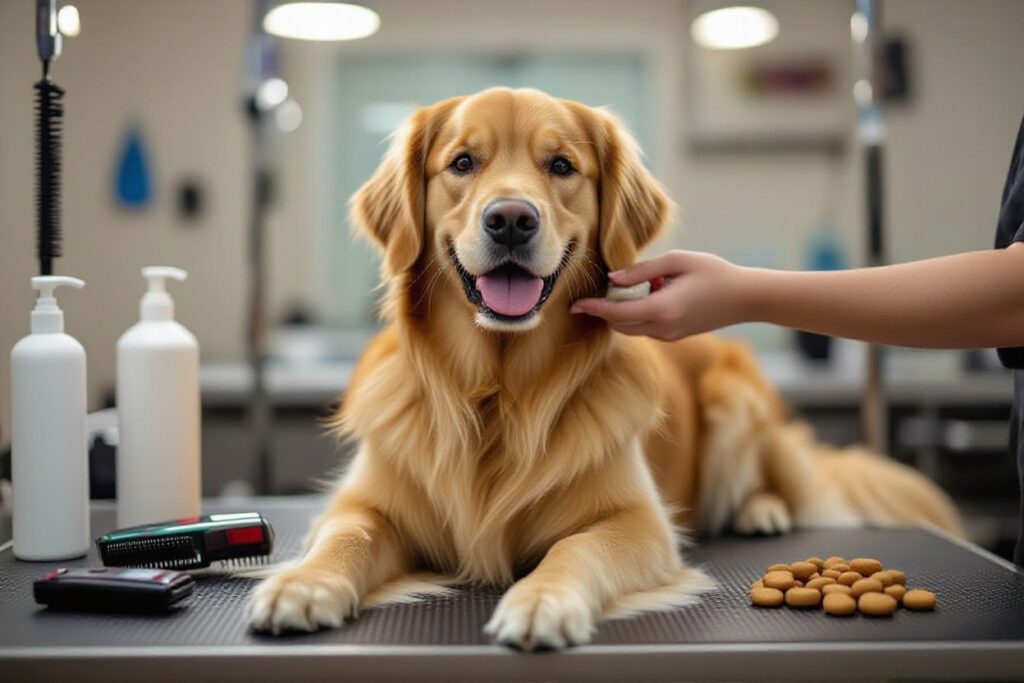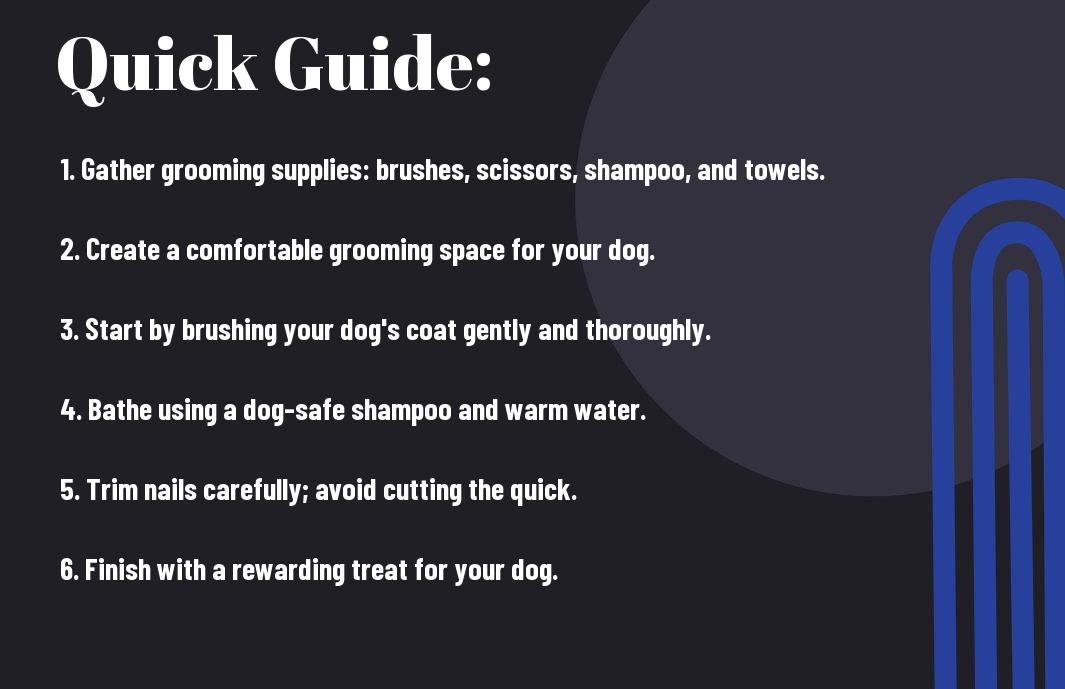Patience is key when forming a strong bond with your new horse. Approach them with gentleness and respect, allowing them to trust you at their own pace. Spend quality time grooming, talking, and simply being present with your horse to build a deep connection. Note, understanding and empathy are crucial in creating a positive relationship with your new equine companion. By listening to their needs and communicating effectively, you’ll establish a sincere bond that will last a lifetime.
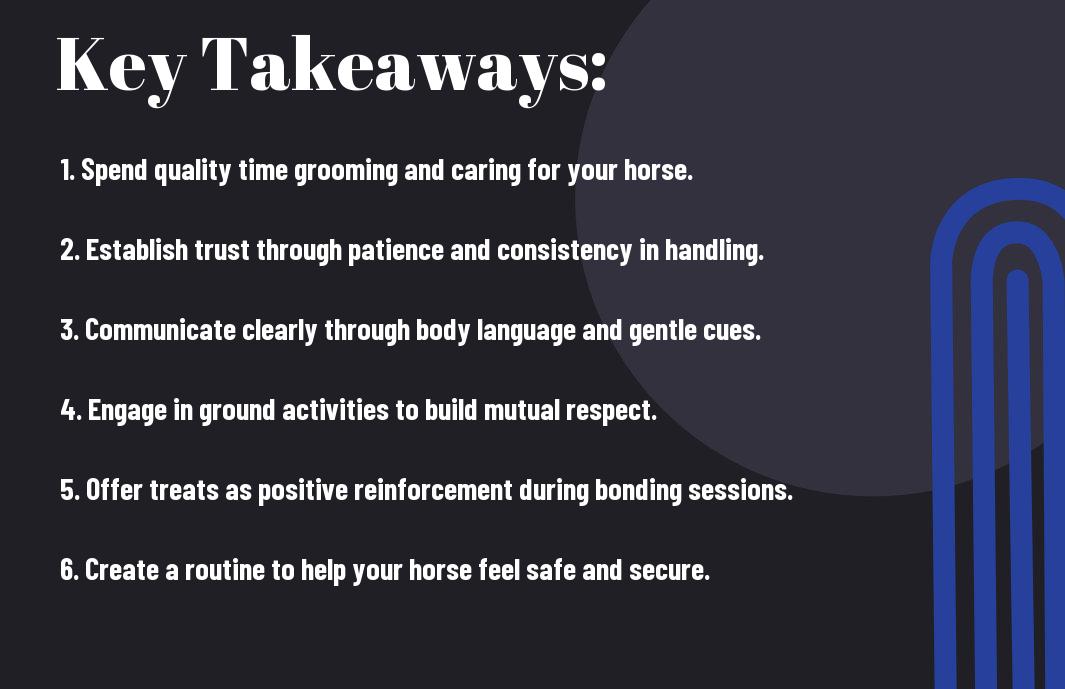

Preparation is Key
To bond effectively with your new horse, it is crucial to prepare in advance. This preparation will help create a smooth transition for both you and your horse, laying the foundation for a strong bond.
Researching Your Horse’s Background
For successful bonding, it’s important to research your horse’s background. Understanding your horse’s history, such as previous training, experiences, and any behavioral issues, can provide valuable insights into their needs and preferences. This information will help you tailor your approach to building trust and a positive relationship with your new equine companion.
Setting Up a Safe and Comfortable Environment
One crucial step in preparing to bond with your new horse is creating a safe and comfortable environment. Ensure that the stable or living area is secure, free of hazards, and provides adequate space for your horse to move around. Stable doors should be secure, fencing should be in good condition, and there should be no dangerous objects or substances within reach of your horse.
To further enhance bonding, add comforting elements such as soft bedding, access to fresh water, and high-quality hay. Creating a peaceful and safe environment will help your horse feel secure and relaxed, fostering a positive connection between the two of you.
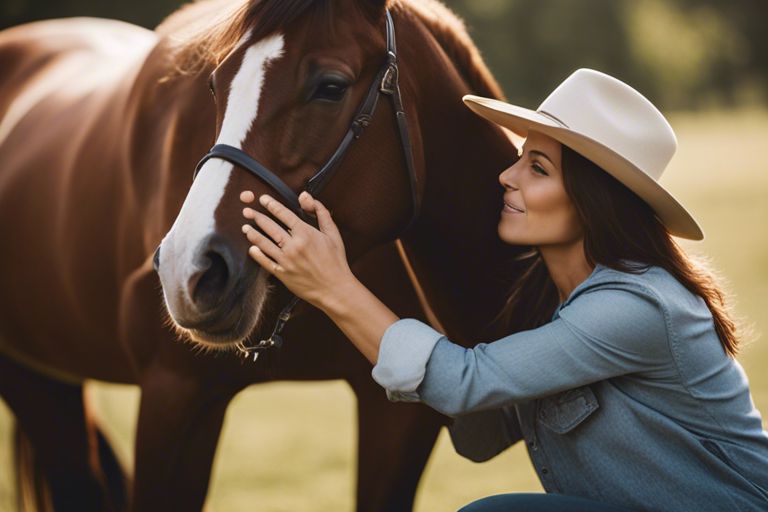
Building Trust
Approaching Your Horse with Caution
Little by little, you will build trust with your new horse. Approach your horse with caution, especially in the beginning when you are still getting to know each other. Spend time observing your horse’s body language to understand their reactions and emotions.
Establishing a Routine
Your new horse will feel more secure when they have a predictable routine. **Establish** a feeding schedule, grooming routine, and exercise plan to help your horse feel comfortable and safe in their new environment.
Caution: Be consistent with your routines to help your horse feel secure. Changes to their schedule can cause stress and anxiety, affecting your bonding process.
Rewarding Good Behavior
**Establishing** trust and bonding with your new horse involves rewarding good behavior. When your horse responds to cues or commands correctly, offer praise, a treat, or a gentle pat to reinforce their positive actions.
This positive reinforcement helps your horse associate good behavior with pleasant outcomes, strengthening your bond and encouraging them to continue behaving well.
Communication is Essential
Unlike building a relationship with a human, bonding with a new horse requires a unique form of communication. Understanding your horse’s communication cues is key to developing a strong connection. Horses primarily communicate through body language, vocal cues, and touch. By learning to interpret these signals, you can effectively communicate with your new equine friend and strengthen your bond.
Body Language: Reading Your Horse’s Cues
Body language is a primary means of communication for horses. By observing your horse’s posture, facial expressions, and movements, you can gain insight into their mood and feelings. Pay attention to ear position, tail swishing, and overall body tension to understand what your horse is trying to convey. For example, pinned back ears or a swishing tail may indicate discomfort or agitation, while relaxed ears and a soft gaze signify contentment.
Vocal Communication: Speaking Your Horse’s Language
Speaking your horse’s language involves understanding the various vocalizations they use to communicate. Neighs, whinnies, snorts, and nickers all have different meanings and can give you valuable information about your horse’s emotional state. By listening carefully to these sounds and responding appropriately, you can establish a deeper level of trust and understanding with your horse.
It’s crucial to acknowledge and respond to your horse’s vocal cues to show that you are listening and respecting their communication. By reciprocating with your own vocalizations, such as soothing words or gentle clicks, you can further enhance your bond and create a harmonious relationship based on mutual understanding.
Touch: The Power of Gentle Contact
Body language and vocal cues are vital, but touch also plays a significant role in communication between you and your horse. Physical contact, such as grooming, petting, or soothing strokes, can convey reassurance, affection, and trust. Establishing a positive association with touch can help your horse feel more comfortable in your presence and deepen your connection.
Your physical interactions should always be gentle, respectful, and mindful of your horse’s body language and reactions. Avoid sudden movements or rough handling, as this can cause fear or anxiety in your horse and disrupt the bonding process. By approaching your horse with a calm and gentle demeanor, you can create a safe and inviting space for communication through touch.

Creating a Bond Through Activities
Grooming: A Soothing Way to Connect
Bond with your new horse through grooming, as it is a soothing activity that helps foster trust and connection. Brushing your horse not only keeps their coat clean and free of tangles but also allows you to spend quality time together. As you run the brush along their body, pay attention to their body language and reactions. This is a great way to understand your horse’s preferences and build a stronger bond based on mutual respect and comfort.
Feeding: A Time for Trust and Affection
Time spent feeding your horse can be a significant bonding opportunity. By being responsible for their meals, you establish yourself as a provider and caretaker, earning their trust and affection. Ensure you follow a consistent feeding schedule, as horses thrive on routine and will come to rely on you for their nourishment. Make feeding time a pleasant experience by talking softly to your horse, offering treats occasionally, and observing their behavior around food to learn more about them.
Building a positive association with feeding can strengthen your bond with your horse and create a sense of security and dependability in your relationship.
Exercise: Fun and Engaging Ways to Bond
Activities such as exercising your horse together can be both fun and beneficial for strengthening your bond. Whether you enjoy riding, lunging, or simply engaging in ground exercises, physical activity helps build trust and communication between you and your horse. Through exercise, you can develop a deeper connection by working together towards a common goal of health and well-being.
Engaging in activities can be a delightful way to bond with your new horse while also providing mental and physical stimulation for them.
Overcoming Fears and Anxieties
Identifying Your Horse’s Fears and Phobias
Your new horse may come with fears and anxieties that need to be addressed to build a strong bond. Overcoming these emotions requires patience and understanding. Spend time observing your horse to identify any triggers that may cause fear or stress. Common fears in horses can include loud noises, sudden movements, new environments, or being handled in a certain way.
Desensitization and Counterconditioning Techniques
With desensitization and counterconditioning techniques, you can help your horse overcome their fears and anxieties. These techniques involve gradually introducing your horse to the source of fear in a controlled and positive manner. By pairing the fear-inducing stimulus with something enjoyable like treats or praise, you can help your horse create a new, positive association.
Fears and anxieties can be deeply ingrained in a horse’s behavior, but with consistent and patient training, you can make significant progress. Remember to always prioritize your horse’s well-being and never force them into a situation that causes overwhelming fear.
Building Confidence through Gradual Exposure
Techniques like systematic desensitization and gradual exposure can help build your horse’s confidence over time. Start by exposing your horse to mild versions of their fears and gradually increase the intensity as they become more comfortable. This gradual approach allows your horse to develop confidence at their own pace, leading to a stronger bond between you.
Patience and Consistency
The Importance of a Consistent Routine
Consistency is key when bonding with a new horse. Horses thrive on routine and predictability, so establishing a consistent schedule for feeding, grooming, and training will help your horse feel secure and build trust in you. Make sure to stick to the same feeding times, grooming rituals, and training sessions to create a sense of stability for your new horse.
Dealing with Setbacks and Frustrations
On this journey of bonding with your new horse, it’s crucial to remember that setbacks and frustrations are a normal part of the process. It’s necessary to approach these challenges with patience and a positive attitude. If your horse is struggling to understand a new command or is exhibiting unwanted behavior, take a step back, reassess the situation, and adjust your training approach if needed.
Importance of understanding that setbacks are not failures; they are opportunities for growth and learning. By approaching challenges with patience and a calm demeanor, you will show your horse that you are a reliable and trustworthy leader.
Celebrating Small Victories
On your journey of building a bond with your new horse, remember to celebrate small victories along the way. Whether it’s mastering a new skill, overcoming a fear, or simply having a successful training session, acknowledging and rewarding your horse for their efforts will strengthen your bond and build their confidence in you as a partner.
Summing up
So, by following these tips for bonding with a new horse, you can create a strong and trusting relationship with your equine friend. Remember to be patient, consistent, and gentle in your approach. Spend quality time together, communicate effectively, and always prioritize the well-being of your horse. Through understanding and empathy, you can build a meaningful connection that will benefit both you and your horse in the long run.
Q: Why is bonding with a new horse important?
A: Bonding with a new horse is crucial for building trust and creating a strong relationship between you and your horse.
Q: How can I bond with a new horse?
A: Spend quality time with your horse, groom them regularly, provide treats, and engage in activities such as hand-walking or lunging to build trust and connection.
Q: What are some tips for bonding with a new horse?
A: Approach your horse calmly, establish a routine, be patient, and communicate through body language to develop a strong bond with your new horse.
Q: How long does it take to bond with a new horse?
A: Bonding with a new horse can vary depending on the horse’s background and temperament, but with consistency and positive interactions, a strong bond can typically form within a few weeks to a few months.
Q: What are some signs that indicate a strong bond with a new horse?
A: Signs of a strong bond with a new horse include mutual trust, the horse seeking your company, responsiveness to cues, and a calm and relaxed demeanor when interacting with you.

